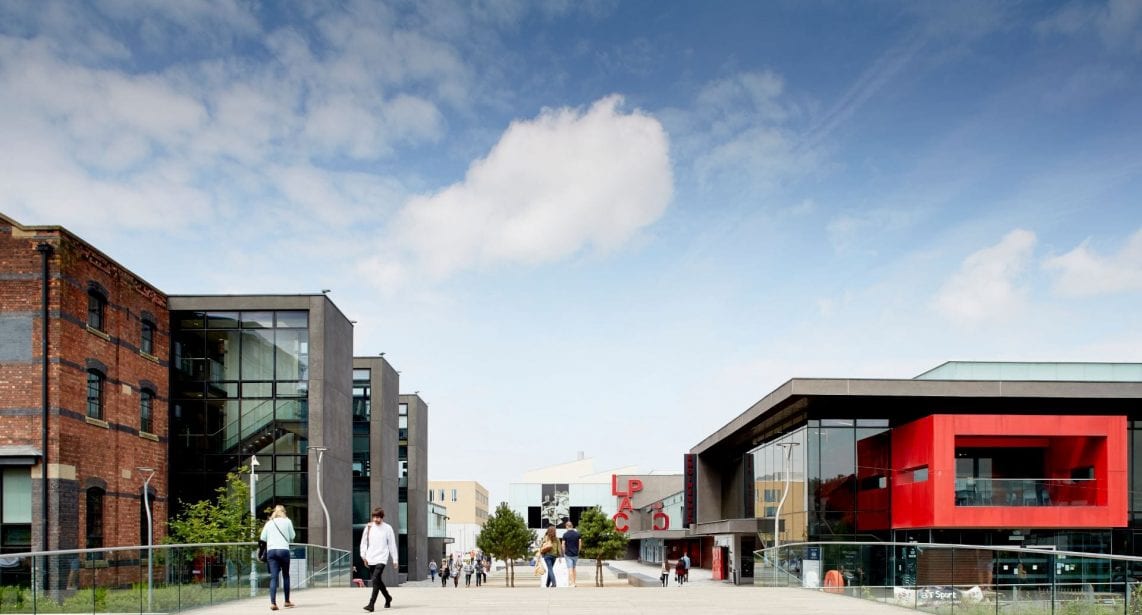Before I became a librarian, I had never heard the phrase library jargon. Now it’s something I think about whenever I’m preparing to teach or talk about pedagogy. Unfamiliar or overly specific language can be a barrier for students but it’s tricky to know what to use instead. Is ‘online archive’ clearer for students than ‘primary source database’? Digital curation, the subject of Thing 15, is one of those terms that seems self-explanatory, until I start thinking about how I would explain it to someone who asked, ‘what does that mean?’
What is Digital Curation?
To define what digital curation is, it helps to understand why someone would want to do it. Let’s say you’re a librarian who wants to recommend several links for OERs to academic colleagues. How would you do that? You might simply paste the URLs into a Word document or email. You might add them to an electronic reading list. But what starts to happen when you have multiple different kinds of content you want to share? A list of links might quickly becomes uninteresting to read and is inaccessible to users of assistive technology. Enter digital curation tools, such as the late-lamented Storify, or Wakelet (currently active). These tools allow you to select, assemble, and share what you have found–in sum, to curate.
Digital curation isn’t a one size fits all solution. Much academic writing is kept behind subscription paywalls, and unless they go to a university with a robust alumni benefits programme, most students will lose access to most of the peer-reviewed journal articles and academic books on their reading list once they graduate. An academic interest Tumblr that includes images without descriptions and videos without captions is inaccessible to users with disabilities. And finally, site deaths can take images, videos, and other curated content offline for good.
Impermanence
Be careful what you put on social media, because it can shape how others see you–a message students at my university, in common with many others, get from our careers service. At Lincoln students can use the Am I hired? app to see how their social media presence might appear to a prospective employer. Underlying tools like this one is the assumption that a digital presence is in itself something worth curating and managing–but also that it will persist.
 “Nothing Gold Can Stay 10/14/10” by dianecordell is licensed under CC BY-NC-ND 2.0
“Nothing Gold Can Stay 10/14/10” by dianecordell is licensed under CC BY-NC-ND 2.0
One of pieces of suggested reading for this Thing, ‘losing my revolution’, by Hany M. SalahEldeen and Michael L. Nelson, suggests a more nuanced picture. In their article, SalahEldeen and Nelson, discuss the availability of social media posts a year or two after their creation; focusing on Twitter posts from internationally significant events such as the Egyptian revolution in 2009. The authors calculate a steady rate of loss or archiving as posts age. The work focuses on the rate of loss, rather than the reasons for it. Interestingly, as recent work by Kritika Garg and Himarsha Jayanetti has shown, changes to social media platforms like Twitter make it difficult to archive historically significant posts.
In my last post, I touched on how some academics teach their students how to safely and responsibly manage their presence online by including instructions on how to download, save, or delete digital assignments. In our new blended learning environment, teaching students to be aware digital footprint goes beyond just helping them understand what others might see, but also supplying them with the tools to think about what they want to keep or discard–in sum, helping them to become digital curators.
Postscript: Further Reading
One of the suggested activities for this Thing was to find a Tumblr blog related to a field of interest and share it in our posts. So I went looking for blogs on teaching and learning within higher education, or digital pedagogy, and found Hybrid Pedagogy, the blog of a journal of the same name. Their blog also collects materials on digital pedagogy from around the web.
I also came across the post ‘Covid 19 has changed everything‘ by Kay Oddone, which recommends digital curation tools as a way to create learning resources. Well worth checking out!
